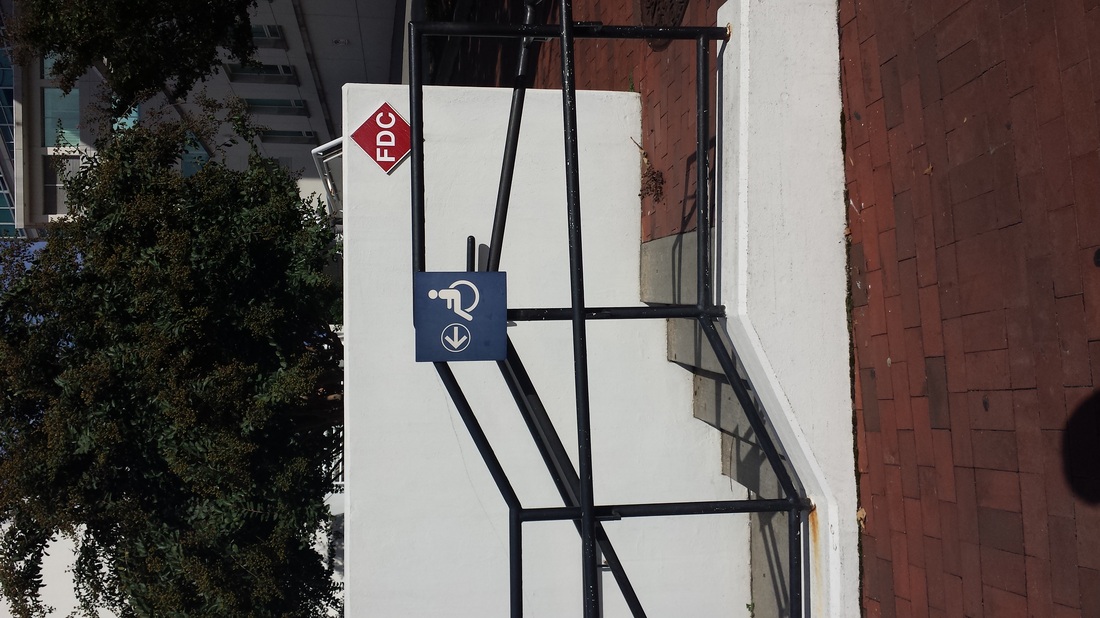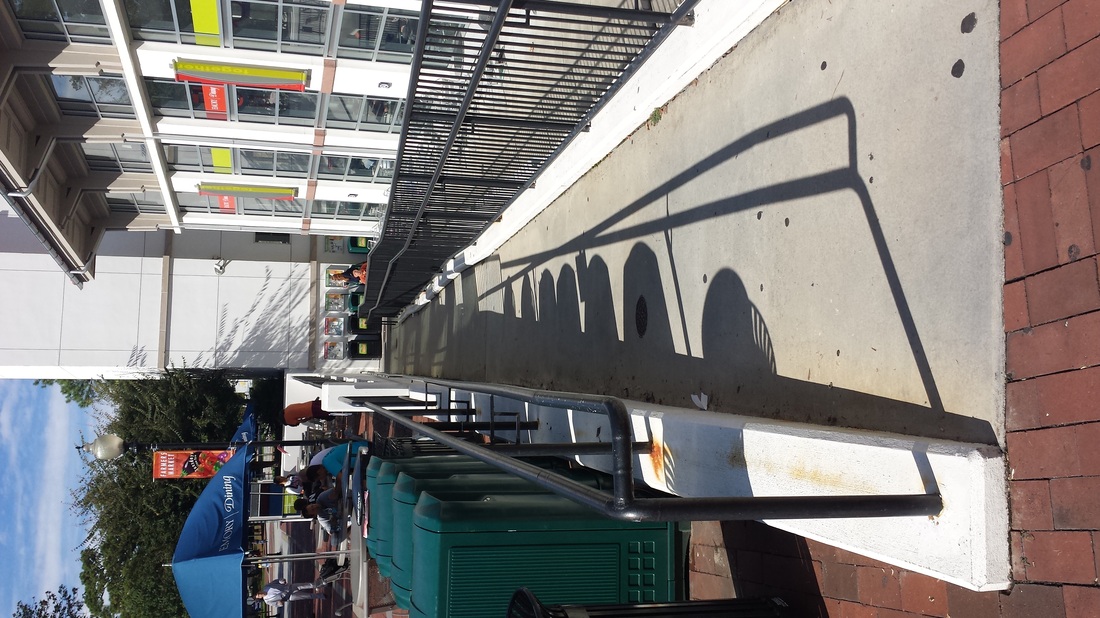After my collegiate years at Emory University, I aim to go into the finance world. I want to work with international markets and the trading that goes with it. In the summer of 2011, I interned at Raymond James & Associates in London, England. I learned the inner workings of the stocks, bonds, and currency along side traders, brokers, and analysts. I gained experience in stock researching, IPO's, brokering sales, and analysts presentations. My assignment was to write daily market comments before the opening and after the closing bells. These reports were sent to clients about the upcoming stock offerings and variables that affect stock performance. It was during my internship that I decided finance was where I wanted my future to be. I would be speaking with large banks, other firms, and publicly traded companies on a daily basis to predict market changes, and stay updated on important information. My job would require me to solve business related problems through analysis of the foreign exchange markets and financial and non-financial institutions. The community of my profession would be other financiers, clients around the world that give me business or information that can affect the entire market and everyone who has money tied up in it. One decision or idea can change the actions of other traders, analysts, brokers and bankers and can send the market skyrocketing or plummeting. Like the current recession, the decisions of the people in the market, changed the economy for the entire country.
In this profession there are a lot of jobs for people with disabilities, but just because one has a disability, doesn’t make he/she disabled. Those with autism or Asperger’s syndrome can make quick rational decisions and can see data differently than those without the disability, and possibly predict the market changes better. For those that are blind, most of the work in finance can be done over the phone or with voice features on the computers, but not being able to see graphs and charts may prove to be detrimental when making buy/sell decisions. The biggest handicap, lack of execution, can come to anyone though. Hesitation causes a lot of missed opportunities and lost money in the stock, bond and currency market, proving that handicaps are in everyone in the finance industry. Disabilities are seen in all professions, but finance is one where they are more accepted and turned into strengths. Everyone has his/her own challenges, but working hard to overcome them is a standard in international finance.
The sign I evaluated is the handicap sign indicating a ramp entering Cox Hall. This is a small blue square attached to the railings between the ramp and stairs. Though the sign indicates accessibility, it’s misleading. This was the only sign I saw that showed a ramp access, making it much more difficult for disabled students to find the ramp if they need to enter Cox Hall. It makes no sense to put the ramp sign pretty much on the ramp. It also is poor design to have a ramp only coming from the hospital side of the building. The sign is accessible to everyone, however it’s more accessible to people walking who are on the right side when facing Cox Hall. The sign is intended to be visible to show where the ramp is, however it is somewhat low to the ground and can be missed if you’re not looking for it. I don’t see how the sign can be misinterpreted, since it shows a picture of a person in wheelchair and an arrow pointing to the ramp. Emory administrators should have done a better job to accent the sign and make the ramp easier to get to.
I analyzed the second floor non-handicap men’s bathroom in Evans Hall. To start, the location is centralized from the male bedrooms, however, both the handicap and non-handicap bathroom are much closer to the stairs than the elevator. This becomes a problem for people that need to use the elevator. The dimensions of the door are very wide at 36 inches, which are four more than the standard. When inside the bathroom, some things become less accessible for chair users or little people. Two of the three stalls are ten inches less than the ADA standard of 32 inches for width of a stall. The middle stall used as a handicap stall, has all of the standards though. The height of the counter is 2 inches higher than the standard of 34 inches making this that much more difficult for someone who struggles with height due to a disability. The soap dispenser has similar height issues since it doesn’t meet the standard either. Alarms and light switches are very easy to find making it more accessible for someone visually or aurally impaired. Some other issues I find with the bathroom are a step when entering the shower, and tile floors with deep grooves. These are features that can discourage some people with disabilities from using the bathroom. The positives though outweigh the negatives, with a handle door opener, wide walls and showers, and automatic lights, and sinks. Overall, it is mostly universal, however some may choose to go two doors down and use the handicap accessible bathroom to be more comfortable.
It’s said that the fastest route between two points is a straight line, but the straight path between Evans Hall and White Hall is only accessible to non chair-users and people who can use stairs. There are two main routes between these buildings though. The route that is more accessible for chair users and the visually impaired is the longer route. Someone that can take steps will probably take the route highlighted that goes near the Woodruff PE Center, because there are stairs that shorten the distance between the buildings. They also can walk down the steps and cut in between Few/Evans Halls. The less accessible route makes a chair user or a visually impaired person walk around Few Hall, then through Asbury Circle, past Anthropology building, and under the overpass to White Hall. This route is longer by approximately 375 steps according to Google Maps. The building entrances force those who can’t use the stairs to go in a separate entrance on the side of the building of White Hall. There is no ramp at the main door where students normally enter the building making it more difficult for people with certain disabilities. In inclement weather (shown in the videos) the shorter route is always the best route, making it that much harder for some students to get to class. Emory University could have made the paths around campus more universal, making it easier for students with disabilities.
I studied the entrances to Evans hall, which are similar to that of Few Hall. There are three ways to get into the building. The most common entrance is the one between the two buildings. A problem with this route though, is the steps that lead up to Evans, making this inaccessible to chair users and a more difficult path for those with visual impairment. Residents of Few Hall however have a side entrance door before reaching the stairs that lead up to the main entrance. The back door from Evans is a faster shortcut for those residents, but the stairs between the tennis courts and McDonough field, and the fact that this entrance is in the stairwell can present a problem. The last route that takes the longest to walk, so it is rarely taken, leads you around Few Hall to the main doors. There are no steps making it accessible to those unable to use the stairs on the other paths. The main doors entering the building are another concern. They have vertical handles that need to be grasped and pulled with effort to open. These doors are also not handicap accessible in that they don’t open automatically. The doors however, are wide enough for people in wheelchairs to fit through, just hard to open when alone. These aren’t universally designed like other entrance doors and can cause some students issues when trying to enter or exit the building.


 RSS Feed
RSS Feed